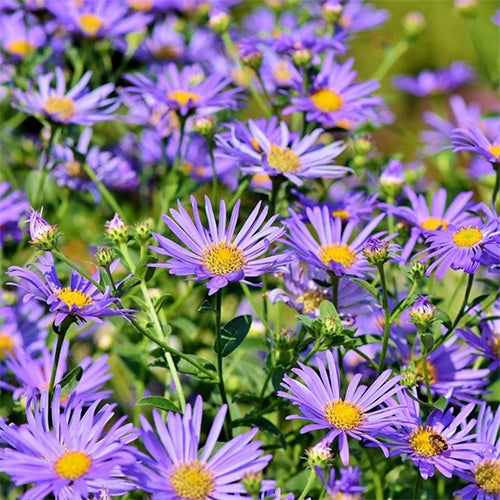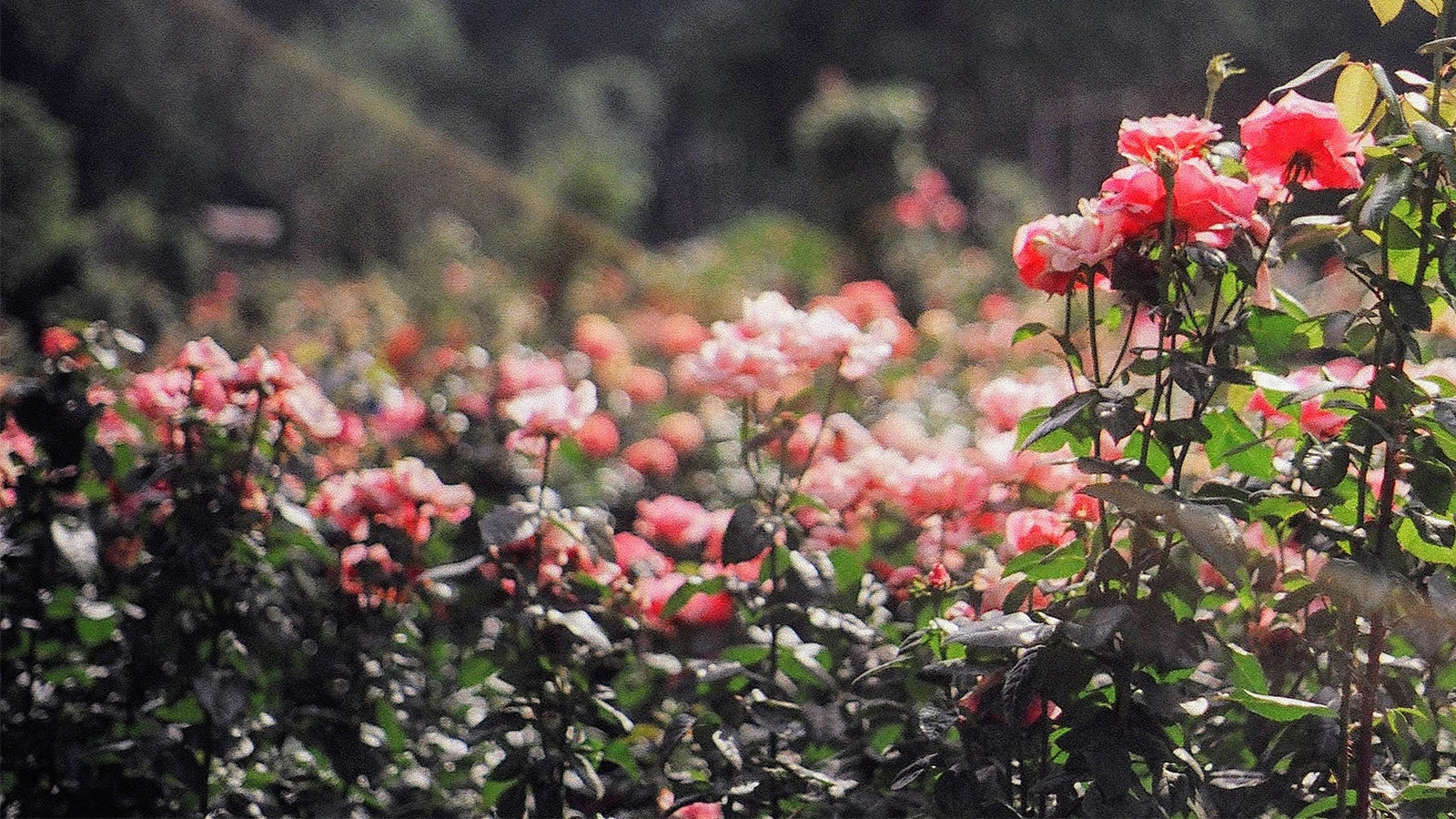
Growing your Own Flower Gardens
24 Sep, 2022
Edible Flowers
An edible flower garden is perfect for any keen cook! These are easy to grow and great for a beginner gardener. Make sure you only use organic products, and always rinse your flowers before use.
Top Varieties
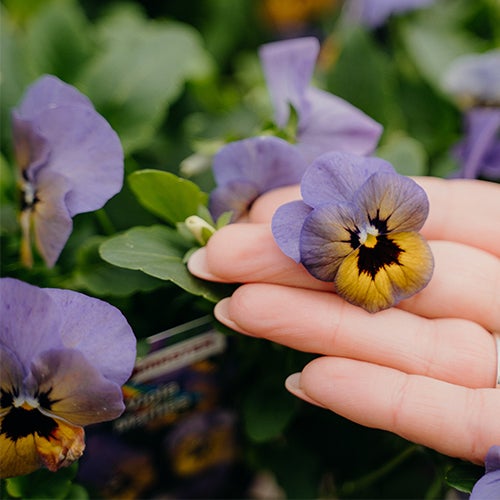
Viola
Not to be confused with its larger cousin the pansy, the viola is an easy-to-grow annual all year round. These plants are happy in shadier areas but will still need around 4 hours of sunlight a day. Use the flower in salads, crystallised with sugar on top of biscuits and cakes, or as a beautiful garnish.
Shop Now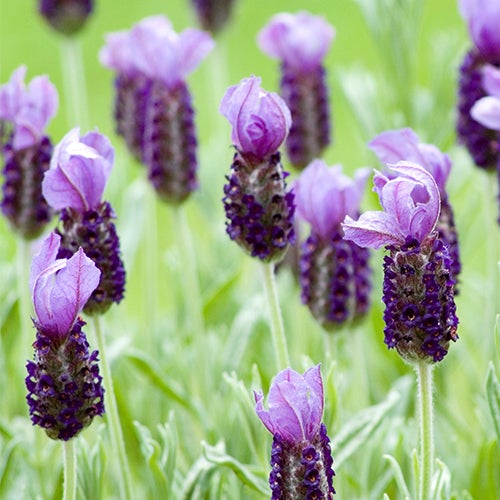
Lavender
Easy to grow and drought-tolerant once established, get lavender into the garden quickly so you can enjoy their blooms until late summer. A beautifully fragranced flower, lavender is best suited for sweeter dishes such as cakes, and used in drinks.
Shop Now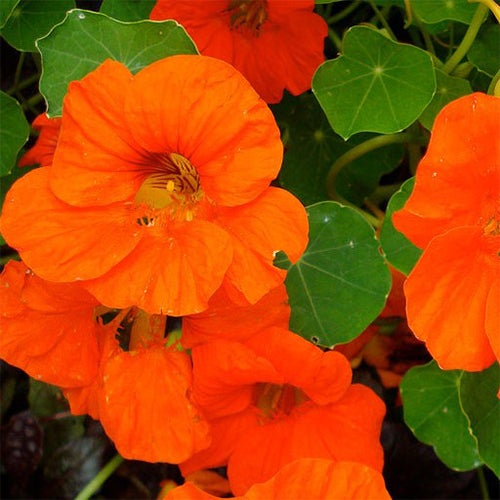
Nasturtiums
Grow nasturtiums easily from seed, or buy from the Kings Herb section instore. Plant in well-draining soil and water until established. Nasturtium are vigorous growers, so it’s best to give it its own raised bed or large pot. The plant's flowers can be used in salads, and the leaves can be used as small bite-sized wraps.
Shop Now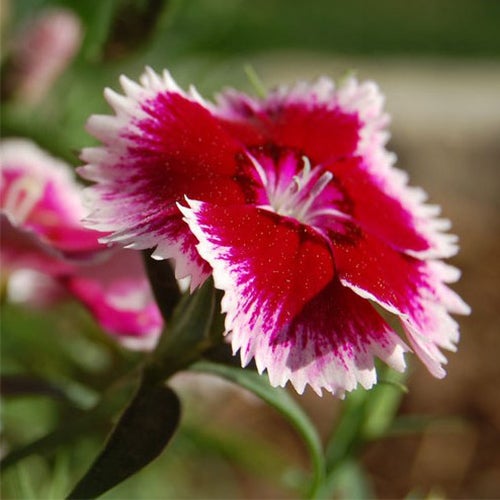
Dianthus
A beautiful flower that likes rich organic, free-draining soil. The flower presents a clove-like taste, which is delicious when steeped in wine or used as a dessert garnish. Also use in ice creams or fruit salad, or for something different, try in a stirfry.
Shop Now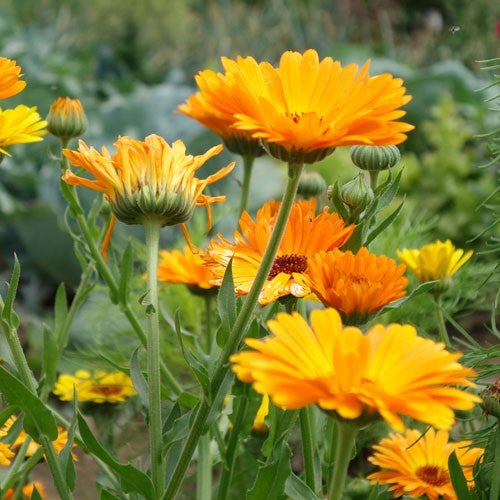
Calendula
Also known as ‘winter marigold’, calendula can withstand cooler temperatures and can be grown in part shade. With a peppery taste, calendula petals pair well with salsas, omelettes and frittatas.
Shop NowOther edible flowers include rose petals, chive blooms, anise hyssop, angelica, beebalm, borage, dill, fennel, scented geraniums, hyssop, pineapple sage, and sunflower petals.
Dried Flowers
Dried flowers last for years in a beautiful, delicate bouquet. These bouquets are easy to create and are coming back in fashion, especially for those who want to enjoy plants inside without the extra care. You can preserve those special flowers given as a gift, or perhaps make your wedding bouquet last for much longer than just a few days!
Top Varieties
There are a huge variety of cut-and-dry flowers to choose from that you can either grow from seed or plant established plants from our stores.
Here are our top picks to use in dried flower arrangements:
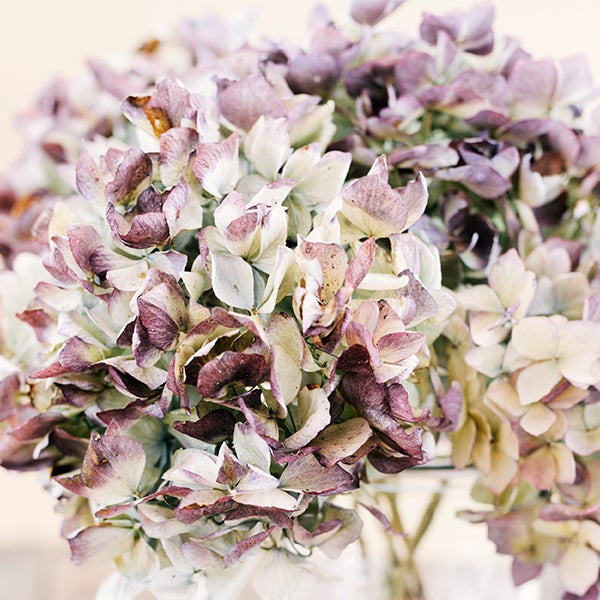
Hydrangeas
Hydrangeas are a perennial, meaning the plant will last year after year. They bloom over the summer period and die back in the winter. They are happy in either full sun or part-shade and come in a range of colours. Hydrangeas can be dried in a vase of water, which may sound counterintuitive, but this allows them to desiccate slowly and helps hold their colour and shape. The water drying process will take about 2-3 weeks.
Shop Now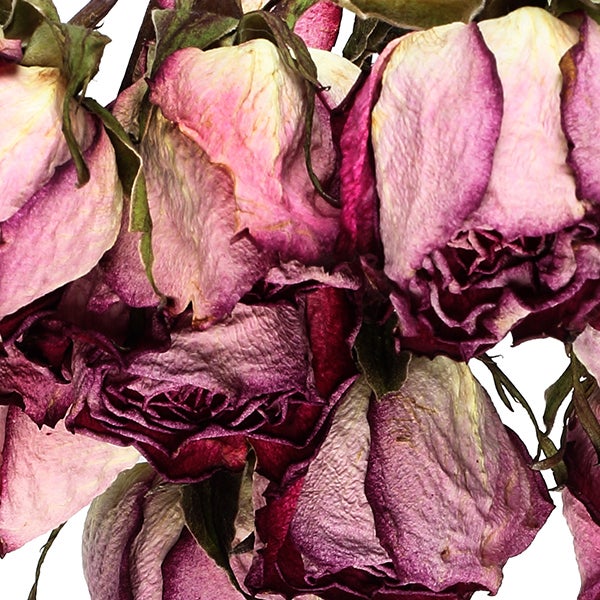
Roses
Single stem (or 'hybrid tea') roses are best for floral arrangements. Plant in the garden with full sun. Roses need maintenance during the winter, including a good hard trim that encourages healthy new growth and blooms through summer. When picking roses for drying, cut them when they are still slightly closed. Best dried using air drying by hanging upside down in a warm, ventilated room for 2 weeks.
Shop Now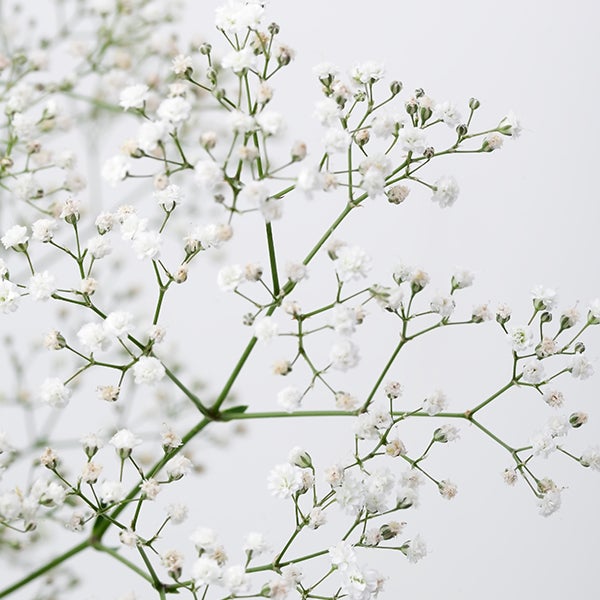
Gypsophilia
Also known as baby’s breath, this plant is best grown in a sunny or partly shaded part of the garden. Now considered a slightly retro flower, gypsophila are sought after for their dainty white flowers in beautiful 'sprays', especially in wedding floral arrangements. An easy flower to dry, simply bunch together, hang upside down in a dark, warm, well ventilated space and check after 5 days.
Shop Now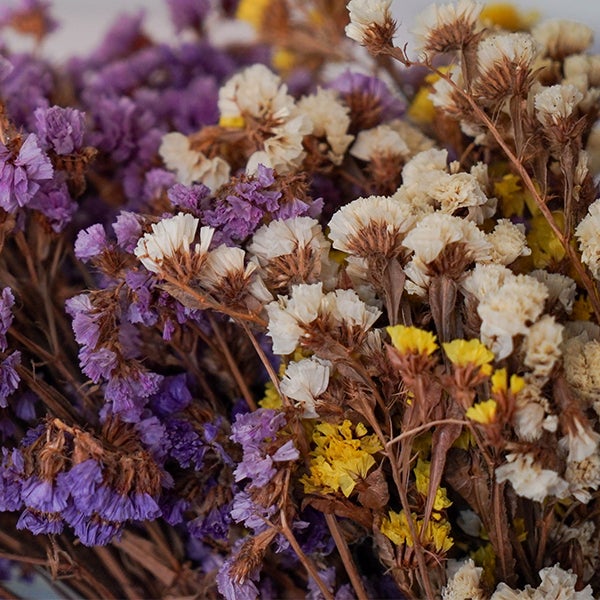
Statice
Another flower that grows well in any sunny spot in the garden and once established offers bright colour in the garden with minimal care. Very easy to grow from seed in mid-spring when temperatures are warm. This long-lasting annual has a sturdy stem and compact, colourful blooms which are a great filler for a dried bouquet.
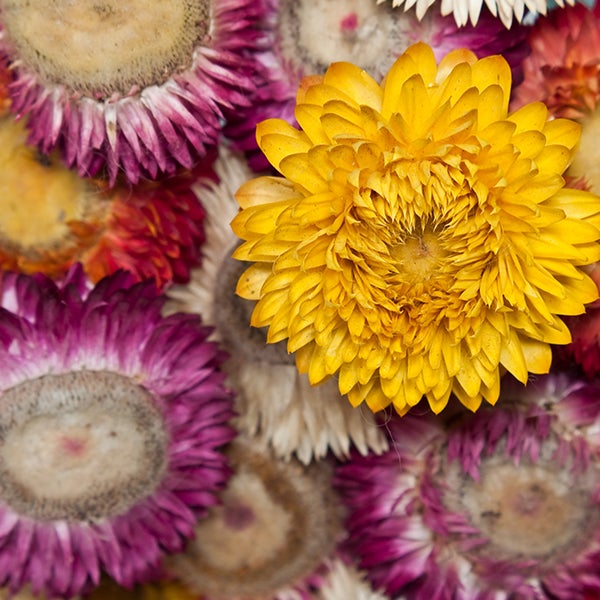
Strawflowers
An easy flower to grow from seed. Sow in warm weather in a sunny spot with well-draining soil. They don't need rich soil to grow and are drought-tolerant once established. These are perfect for flower-growing beginners and are part of the "everlasting" family as they retain their vibrant colours for years after drying. When picking for drying, it's best to cut the flowers before the yellow centre of the flower is visible.
Shop Now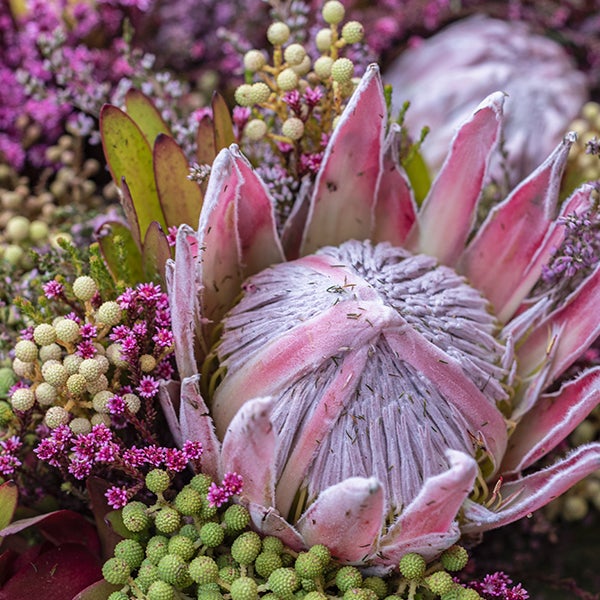
Protea
Not only are protea easy to grow, and drought-tolerant once established, the flowers are also renowned for their stunning, exotic appearance in bouquets and wreaths. After removing the leaves from the stems of several protea flowers, hang them upside down using twine for two-three weeks until they've dried completely.
Shop NowHow to Dry Your Flowers
Air-drying is the simplest way to preserve flowers, which works well for many field flowers as well.
- Pick your blooms at their flowering peak - on a sunny afternoon, once any dew has evaporated, or around noon when the flowers are open (unless drying roses).
- Strip them of their leaves and gather into bunches, wrapping them with elastic bands, or tightly bind with cotton string.
- Hang these bunches upside down in a dark, dry area with good airflow (this could be a shed or garage) for two to three weeks. Remember that spring can be humid. Attach them to a long horizontal pole or even an old clothes horse.
- Be careful when unwrapping the bunches, as these flowers will be much more fragile than fresh ones.
Aftercare
Try spraying your dried flower displays lightly with unscented hairspray to help keep their shape. If you are putting your dried flower arrangement on display, be sure to keep out of direct sunlight.
Pressed Flower Art
You can also display dried flowers that have been in a flower press. If you cannot find a press, you can press the flowers between two heavy books. For pressed flowers, use smaller, daintier flowers such as pansies, daisies, borage, single-petalled roses, or even fern fronds. Always have them between a couple of pieces of paper, so they are easy to remove once dried and don't damage the books. Leave for a few weeks before removing flowers.
Bee Garden
Planting these plants next to your veggie bed or fruit trees can entice more pollinators to visit your other flowers,
which can mean more veggie and fruit development.
Top Varieties
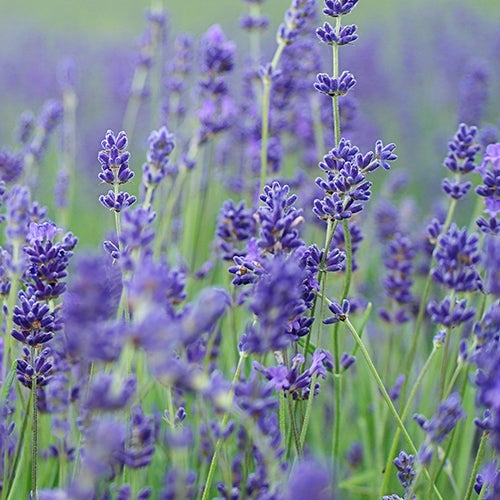
Lavender
A favourite especially for honey, and bumblebees! This fragrant, dry-tolerant shrub is great for garden edging or in pots and will flower in spring and summer. Trim back dead flowers once finished to encourage bushier growth.
Shop Now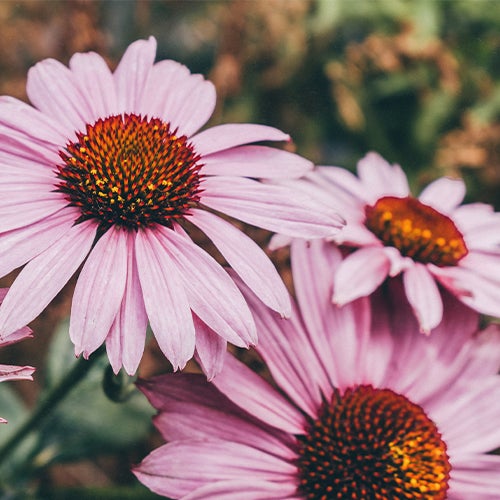
Echinacea
Echinacea, also known as ‘coneflowers’, are a well sought-after flower in the garden for not only bees but butterflies as well. They have large landing pads which are great for flying insects, and the flowers have a large amount of both pollen and nectar, making the trip worthwhile for them.
Shop Now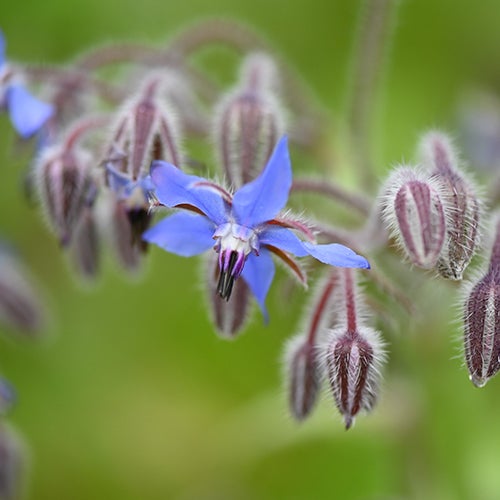
Borage
Very easy to grow from seed, borage has beautiful dainty blue flowers that are highly attractive to bees. Plant near fruit trees in spring to encourage better pollination. Borage will self-seed, so you will never run out, and you can give unwanted plants away to neighbours and friends. Borage flowers are also edible but don’t use too many, so bees can enjoy them too.
Shop Now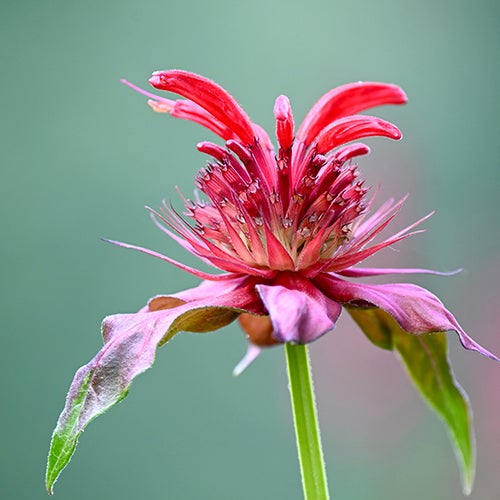
Beebalm
It’s in the name! A type of mint, beebalm (or bergamot) is a perennial plant that comes back year after year, making it quite hardy. It flowers over the summer period and is easy to grow. This will attract bees as well as pollinating insects and butterflies.
Shop NowOther bee-friendly plants include thyme, chives, yarrow, pineapple sage, sedum, and single-petalled roses.
